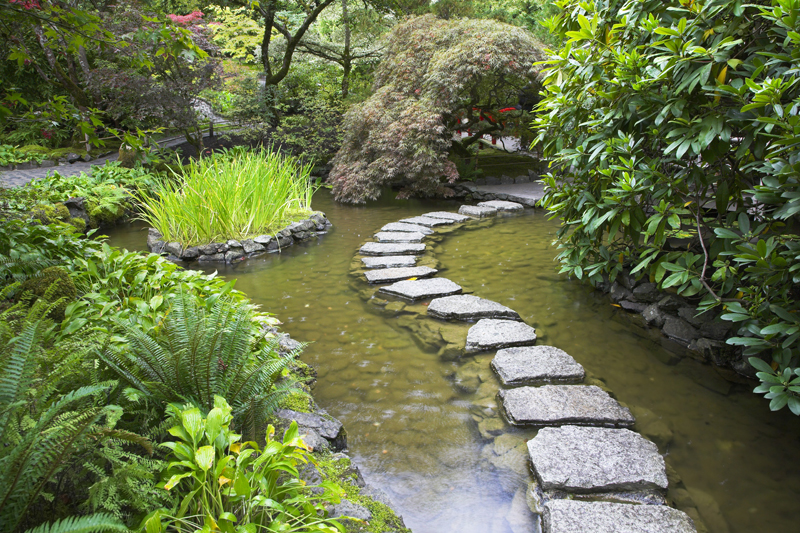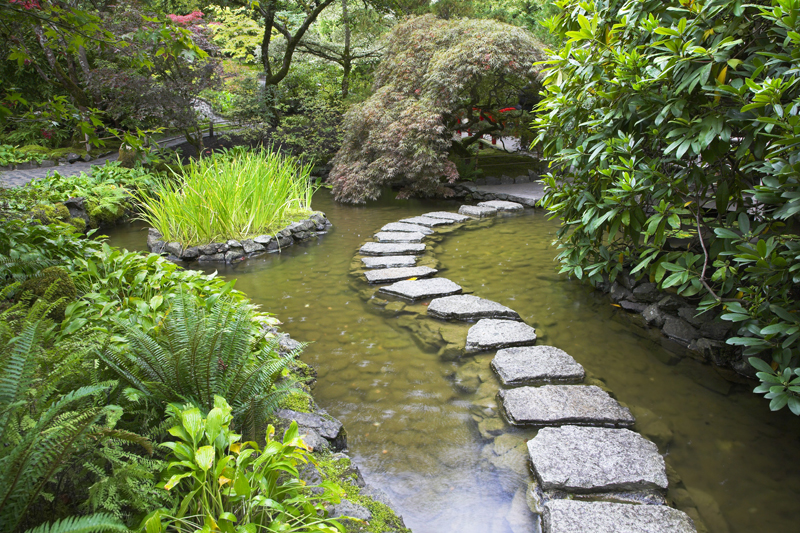Dahlias for Pollinator Gardens

Dahlias reportedly originated in Mexico and Guatamala. Depending on the variety, they can be either tall shrubs or perennials.
Most but not all dahlias are tuberous rooted. However, there are also dahlias that are perennial and are hardy in warm climates.
The dahlias were named for Andreas Dahl, who was a student of Linnaeus. These are vigorous plants. Most cultivated dahlias are often named varieties because the original species dahlia isn’t grown any more.
The largest dahlias can be ten to twelve feet in height. However, the height does vary from one variety to another. For pollinator gardens, the bedding plant dahlias are an excellent choice.
These will usually be less expensive than the very large flowered dahlias that are grown for flower and garden shows.
There are many kinds of dahlias from which to choose. Keep in mind that the ones with single type flowers are best for pollinators.
Dahlias have opposite, compound foliage. In many cases, this can be twice compound. Up to a foot in length, the compound leaves have segments or leaflets that have cut or toothed edges.
The dahlia flowers can vary widely in size, color, and shape. The common dahlia has blooms that are open in the center with the petals being in a single row. In some cases, the petals are quilled.
Dahlias generally bloom heavily from late summer into fall. Typically, the flower stems are 1 ½ to 2 ½ feet in height.
The flower colors can include white, yellow, red, purple, orange, lavender, and pink.
Dahlias are often classified by the flower size, which can range from small to large. One way that gardeners can help their dahlia plants to bear large sized flowers is by pinching the two buds that appear along the central bud.
Dahlia blossoms can range from one or two inches wide up to eighteen inches for some of the exhibition varieties. Dahlia blooms have very wide, thick flower stems, which are needed to support the blossoms.
These dahlia blooms are good sources of nectar and pollen. Bumblebees are especially fond of dahlia blooms. However, the other pollinators also find the flowers are a rich source of nectar and pollen.
Dahlias are members of the Daisy family. The ones available are often hybrids. To avoid disappointment, list alternates or substitutes when ordering from garden catalogs.
One year, I carefully chose my dahlias and placed my order in the fall. Unfortunately, the next spring when I should have been receiving my dahlia bulbs the company notified me to say that there was a crop failure and the dahlias I had chosen weren’t available after all. It was too late to order from another company that year.
Most but not all dahlias are tuberous rooted. However, there are also dahlias that are perennial and are hardy in warm climates.
The dahlias were named for Andreas Dahl, who was a student of Linnaeus. These are vigorous plants. Most cultivated dahlias are often named varieties because the original species dahlia isn’t grown any more.
The largest dahlias can be ten to twelve feet in height. However, the height does vary from one variety to another. For pollinator gardens, the bedding plant dahlias are an excellent choice.
These will usually be less expensive than the very large flowered dahlias that are grown for flower and garden shows.
There are many kinds of dahlias from which to choose. Keep in mind that the ones with single type flowers are best for pollinators.
Dahlias have opposite, compound foliage. In many cases, this can be twice compound. Up to a foot in length, the compound leaves have segments or leaflets that have cut or toothed edges.
The dahlia flowers can vary widely in size, color, and shape. The common dahlia has blooms that are open in the center with the petals being in a single row. In some cases, the petals are quilled.
Dahlias generally bloom heavily from late summer into fall. Typically, the flower stems are 1 ½ to 2 ½ feet in height.
The flower colors can include white, yellow, red, purple, orange, lavender, and pink.
Dahlias are often classified by the flower size, which can range from small to large. One way that gardeners can help their dahlia plants to bear large sized flowers is by pinching the two buds that appear along the central bud.
Dahlia blossoms can range from one or two inches wide up to eighteen inches for some of the exhibition varieties. Dahlia blooms have very wide, thick flower stems, which are needed to support the blossoms.
These dahlia blooms are good sources of nectar and pollen. Bumblebees are especially fond of dahlia blooms. However, the other pollinators also find the flowers are a rich source of nectar and pollen.
Dahlias are members of the Daisy family. The ones available are often hybrids. To avoid disappointment, list alternates or substitutes when ordering from garden catalogs.
One year, I carefully chose my dahlias and placed my order in the fall. Unfortunately, the next spring when I should have been receiving my dahlia bulbs the company notified me to say that there was a crop failure and the dahlias I had chosen weren’t available after all. It was too late to order from another company that year.

Related Articles
Editor's Picks Articles
Top Ten Articles
Previous Features
Site Map
Content copyright © 2023 by Connie Krochmal. All rights reserved.
This content was written by Connie Krochmal. If you wish to use this content in any manner, you need written permission. Contact Connie Krochmal for details.



